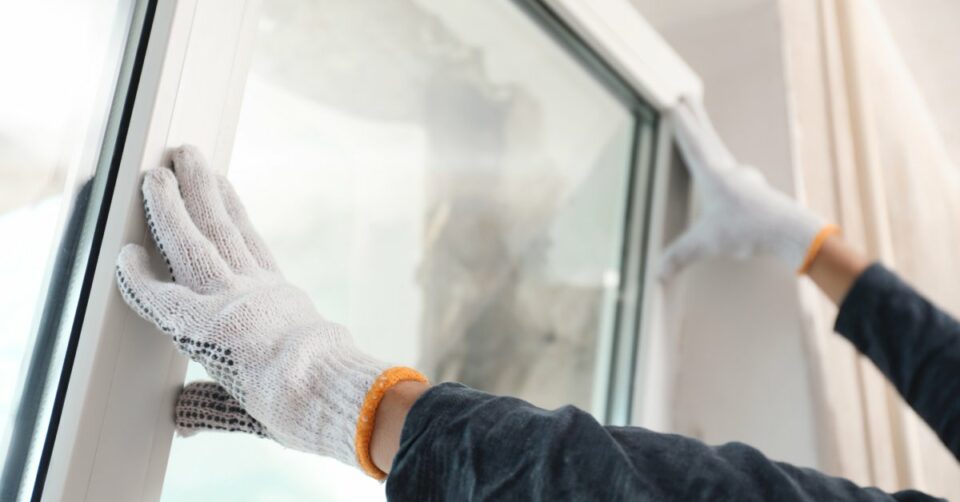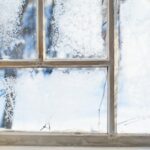
7 Signs Your Windows Are To Blame for Your Drafty Home
November 17, 2025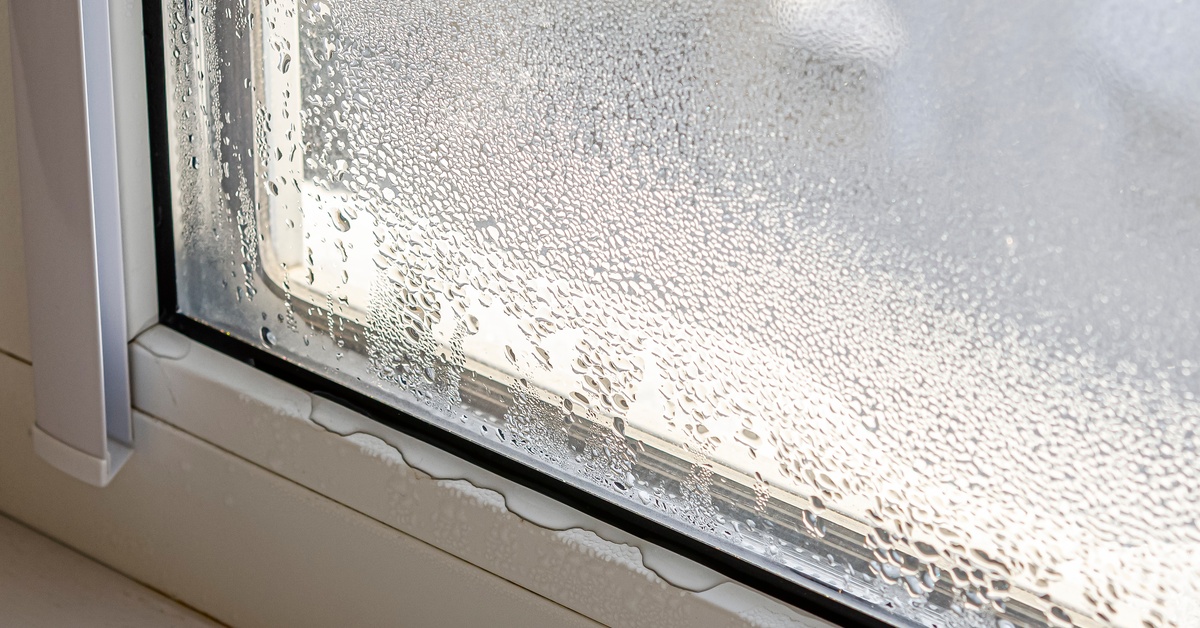
Seeing water droplets form on your windows can be perplexing. While some homeowners might dismiss it as a minor annoyance, it is often a visible symptom of a deeper issue. Condensation on your windows can affect your home’s structural integrity, energy efficiency, and indoor environment. Read on to learn why window condensation is a cause for repair, and take action before you’re faced with costly damages.
What Causes Window Condensation?
Condensation occurs when water vapor in the air becomes liquid upon contact with a cooler surface. Your windows are often the coldest surfaces in your home, especially during Chicago’s harsh winters, so they’re common spots for this process. As warm, moist indoor air meets the cold windowpane, it cools and releases its excess water vapor as droplets onto the glass. Everyday activities such as cooking, showering, and even breathing increase the humidity in your home, providing the moisture needed for condensation to form.
The Different Types of Window Condensation
Not all condensation signals a problem. The location of the moisture is a key indicator of whether you have a minor humidity issue or a window failure. There are three primary places you can find condensation: on the interior, the exterior, or between the panes of glass.
Exterior Condensation
If you wake up to find condensation on the outside of your windows, it is usually a good sign. This type of condensation indicates that your windows are performing exactly as they should. It means the outer pane of glass is well-insulated from your home’s interior, preventing heat from escaping.
The exterior surface becomes cool enough overnight to cause dew to form when it meets the humid outdoor air, much like dew on grass. Exterior condensation typically disappears as the sun rises and warms the glass. It is not a cause for concern and requires no repairs.
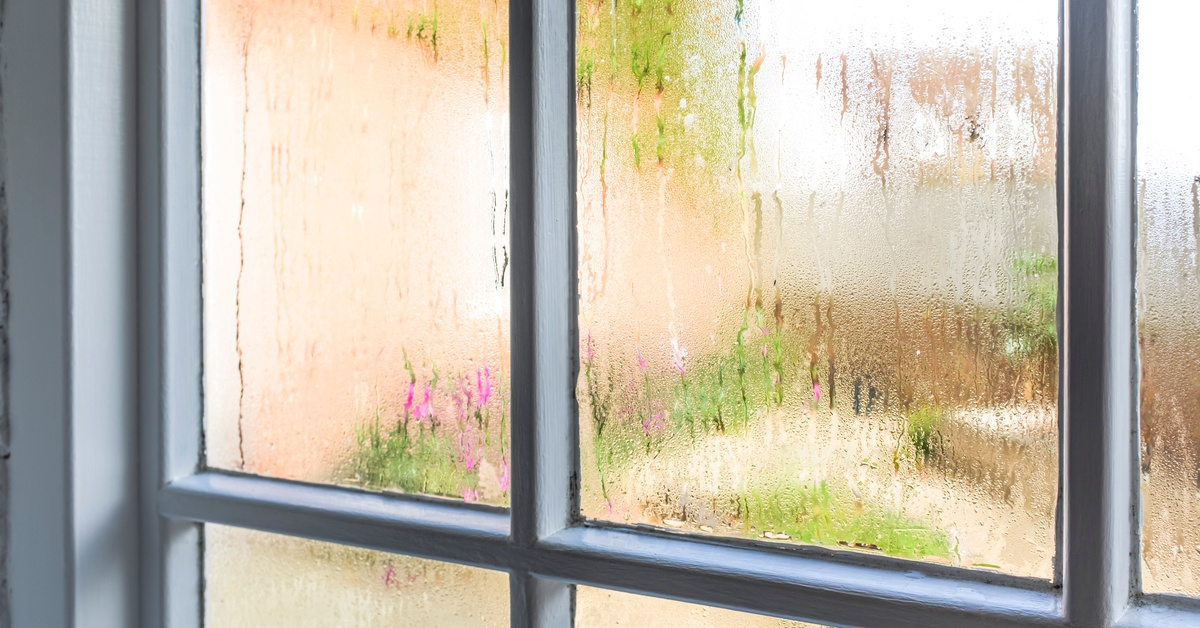
Interior Condensation
Condensation on the inside of your windows is the most common type that homeowners encounter. It suggests that the humidity inside your home is too high. The warm, moist indoor air meets the cold surface of the windowpane, causing water droplets to form. While this may not immediately indicate a window problem, it is an issue that requires attention.
Excessive indoor humidity can lead to several problems, including mold and mildew growth, damage to window frames, and peeling paint. Managing indoor humidity is the primary solution for interior condensation. You can reduce moisture levels by using exhaust fans in kitchens and bathrooms, ensuring proper ventilation, and using a dehumidifier. However, if these measures do not resolve the issue, it could indicate that your windows are not providing adequate insulation and may be nearing the end of their lifespan.
Condensation Between the Panes
The most serious type of condensation is moisture that appears between the glass panes of a double- or triple-pane window. This is a clear sign that the window’s seal has failed. These windows, known as insulated glass units (IGUs), are built with a hermetic seal that traps an inert gas, such as argon or krypton, between the panes. This gas layer provides a crucial thermal barrier, slowing heat transfer and improving energy efficiency.
When the seal breaks, moist air from the outside or inside can seep into the space between the panes. As temperatures fluctuate, this trapped moisture condenses and leaves a foggy, streaky, or milky appearance that you cannot wipe away.
Why a Failed Window Seal Is a Major Problem
A broken window seal signifies that your window is no longer performing its essential functions. The insulating gas has escaped, and the thermal barrier is gone. This failure leads to a host of problems that can affect your comfort, finances, and your home’s condition.
Reduced Energy Efficiency
The primary purpose of an insulated glass unit is to reduce heat transfer. In the winter, it keeps warm air inside, and in the summer, it keeps hot air out. When the seal fails, this insulating capability is lost, and your window essentially reverts to the performance of a single-pane unit. As a result, your HVAC system must work harder to maintain a comfortable indoor temperature, leading to a noticeable increase in your energy bills. Ignoring a failed seal will cause you to pay more for energy that is literally going out the window.
Compromised Home Comfort
Inefficient windows create uncomfortable drafts and cold spots near the window, making it difficult to regulate your home’s temperature. You might find certain rooms feel colder in the winter and warmer in the summer, regardless of your thermostat setting. Replacing windows with failed seals restores the thermal barrier, giving you a more consistent and comfortable indoor environment year-round.
Obstructed Views and Unpolished Appearance
Fogging and streaking between windowpanes are impossible to clean and can detract from your home’s appearance. It also obstructs your view of the outdoors and can make your home look neglected. This can be particularly problematic if you are trying to sell your property, as potential buyers may see it as a sign of poor maintenance.
Further Structural Damage
A failed seal is a breach in your window’s defense. This opening can allow more moisture to penetrate the window assembly, accelerating the deterioration of the frame, sash, and surrounding wall. What begins as a simple seal failure can evolve into a more complex and expensive problem involving wood rot and structural repairs.
Acting quickly can prevent this cascade of damage. When you see moisture between the panes, it is time to seek professional residential window repair in Chicago to assess the damage and find the right solution.
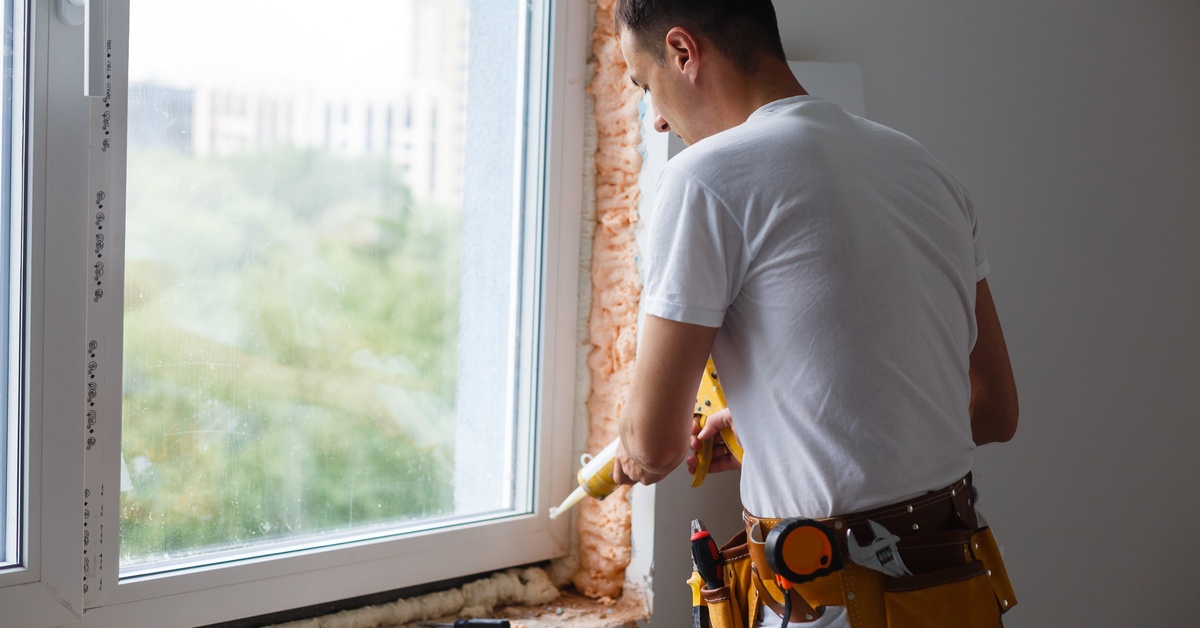
What Are Your Repair Options?
You have two primary options when faced with condensation between panes: replacing the glass or replacing the window. The best choice depends on the age and condition of the window frames and your long-term goals. An expert consultation can help you make a decision that balances cost, performance, and the architectural style of your home.
If the window frames are still in good condition, replacing the insulated glass unit can be a cost-effective solution. A professional can remove the failed IGU and install a new one into the existing sash. However, if the frames are old, warped, or rotted, a window replacement is the more prudent investment. Modern replacement windows offer better energy efficiency, enhanced security features, and improved functionality that can provide a greater return on your investment through energy savings and increased property value.
Restore Your Windows and Protect Your Home
Window condensation between the panes is a clear and urgent cause for repair. You must address the issue promptly to protect your investment, lower your utility bills, and ensure your home remains a safe and comfortable sanctuary.
If you have noticed fogging or moisture trapped within your windowpanes, do not wait for the problem to worsen. Contact Scientific Home Services’ team of experts for a comprehensive consultation. We can help you diagnose the issue and recommend the most effective solution for your home and budget.


